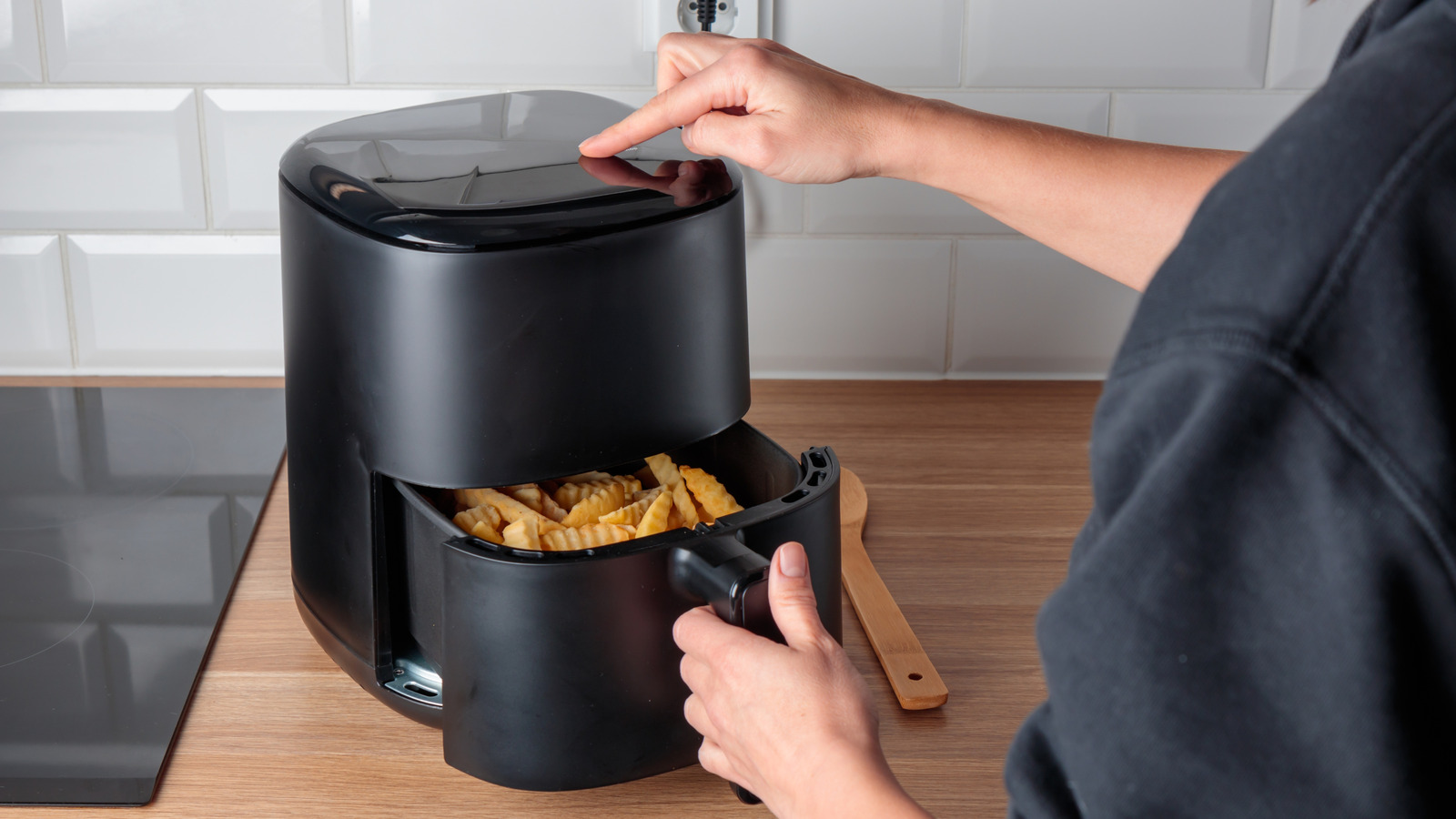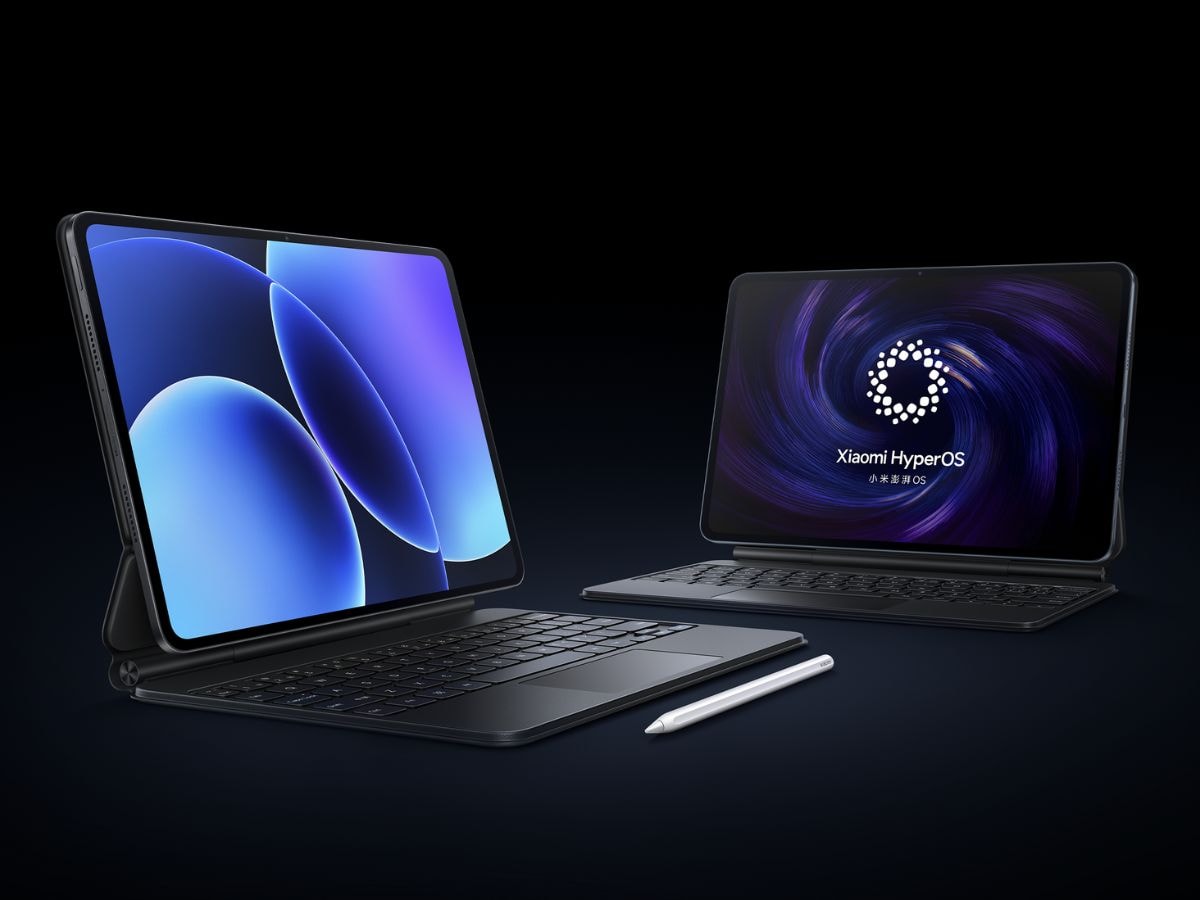When Ebro arrived in Spain, it was said that the intention was to return the company to a fully Spanish past. The truth is that, for the moment, it has little because the Ebro S700 and S800 are, in essence, versions of the Chery Tiggo who are given life through the DKD system.
This way of working It resembles that of a puzzle. Instead of having a whole assembly line where the different pieces are assembled and equipped with a driving train, Chery sends cars in almost mounted containers and, here, they finish joining a few parts to leave through the doors of the factory.
The system is controversial. At the moment he has helped to boost work in the old Nissan factory in Barcelona for which a clear future was not. But the DKD system as soon as it leaves an impact on the region since you need less workers and all the pieces (and suppliers) come from China.
This way of acting, in fact, has not been well seen by the European Union that have already warned Chery that they would not help them save tariffs on their electric cars, understanding that they were bridging them with a minimum investment.
A similar situation is what they have in Algeria.
And the government has sent a message: the time has come for this to end.
“We want to produce cars”
“We want to produce global cars locally, and the time of inflating tires is over.” The words have been pronounced by Abdelmajid Tebboune, president of Algeria, in an interview with local media.
This metaphor for “inflar tires” refers to the superficial investment that large manufacturers make in the country to “produce” your cars in the country African. Right now, Stellantis is producing fiat cars there. So does the Volkswagen group (with Seat, Skoda, Volkswagen and Audi) or Renault. Hyundai or Chery is expected to also open new plants in the country in the near future.
However, Algeria lives a complicated situation with this part of the industry. As in the case of Ebro, the local investments of the manufacturers are minimal and what you really want is to skip tariffs and difficult homologations of imported vehicles that have been created to protect the local economy. Renault, for example, acts with the symbol (his Renault Clio in Algeria) in the same way that Chery does with Ebro in Spain.
“The vehicle arrives semi or completely finished, so there is nothing to ride,” says Mohamed Bairi, head of Ival, importer of Iveco, to local media. The intention, therefore, is that the use of pieces provided by local suppliers and the involvement in Algerian plants is greater.
Stellantis ensures that the use of local pieces will increase by, minimum, 35% from 2026. What the government wants is that this changing forcing the integration of local parts to be at least 30%. As they collect in The carjust 5% of pieces used in Algeria come from local supplies.

It remains to see how this will affect Hyundai’s plans and, above all, those of companies like Chery who trusted the CKD system to sell their vehicles in the country. This last option increases work rates in the country where you work locally and that is what you want to do with the electric 5th omoda in Barcelona. However, all pieces come from abroad and that is what ampoules has raised in the European Union and want to avoid in Algeria.
Photo | Renault
In WorldOfSoftware | Morocco is positioning himself as an opponent to beat in the electric car: China has it clearer and clearer












